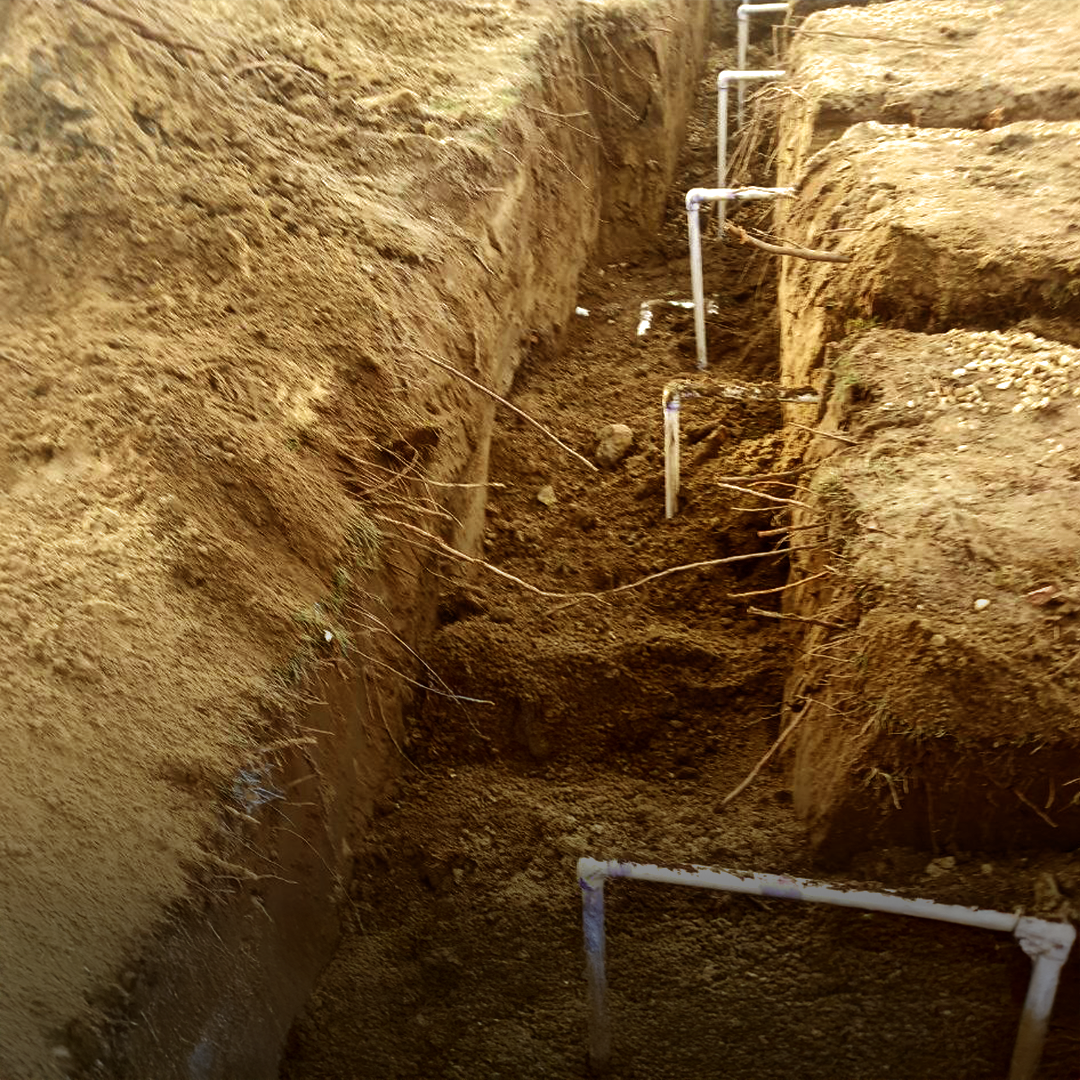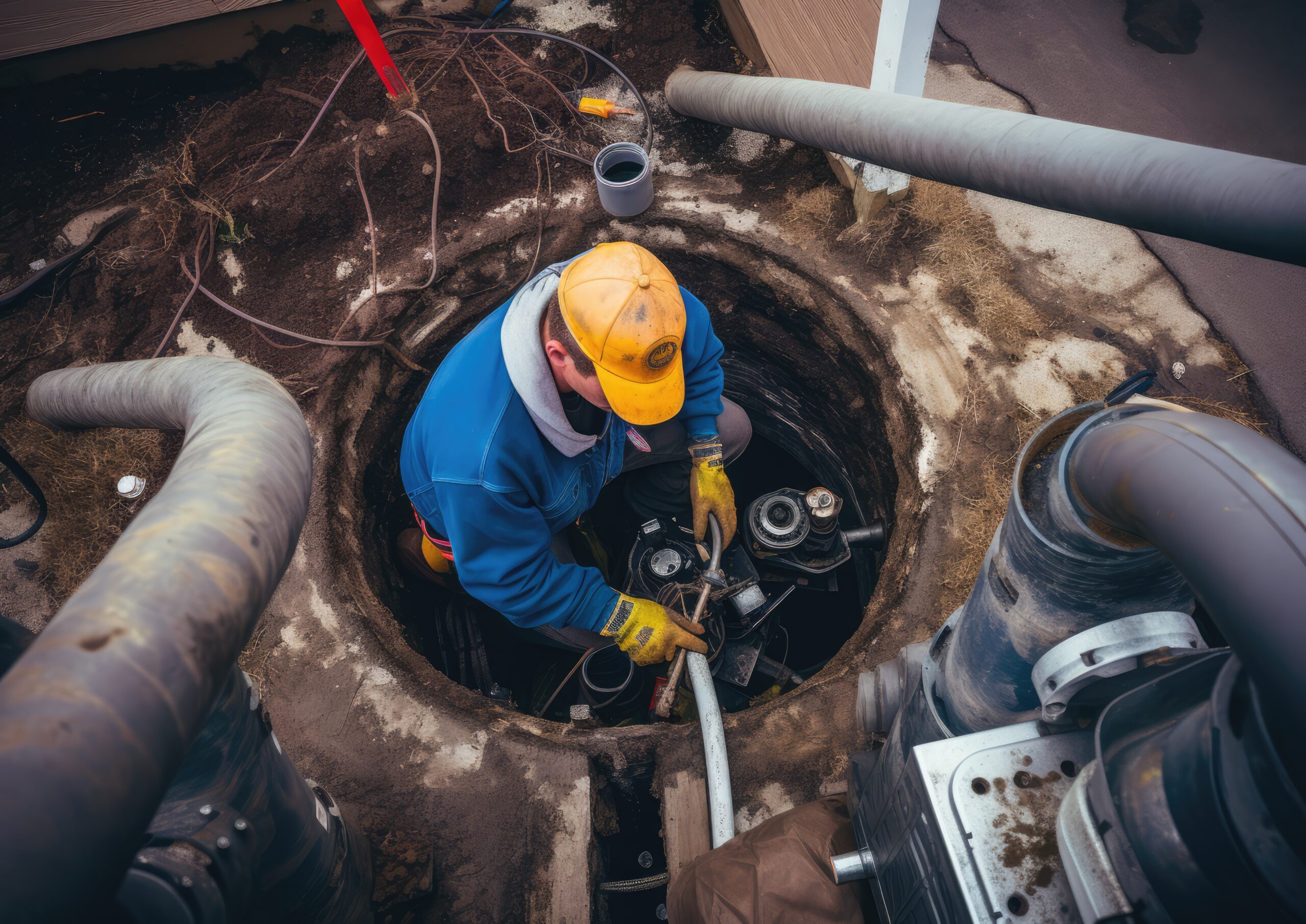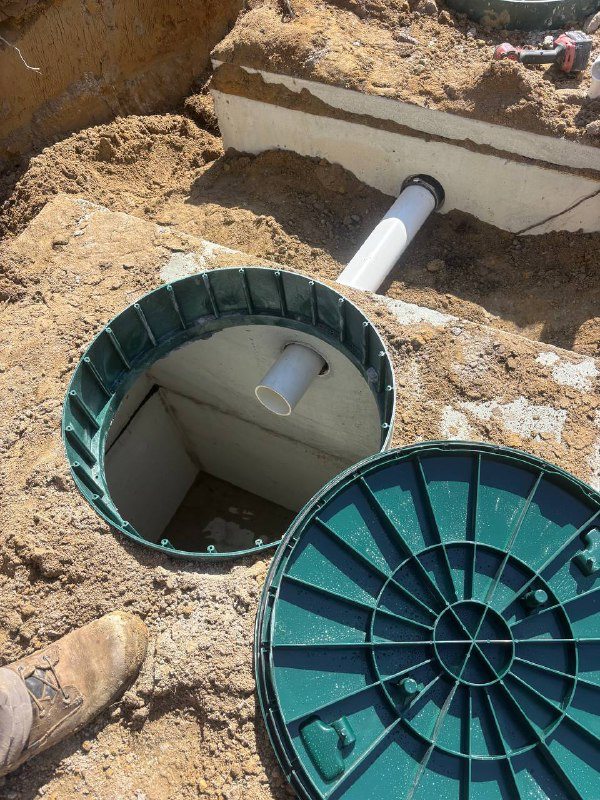A septic drain field repair is essential when drainage issues arise, leading to standing water, foul odors, and system failure over time. A failing drain field disrupts wastewater filtration, creating an unhealthy environment and potential hazards for households relying on septic systems daily. Understanding the repair options available helps homeowners restore functionality and avoid costly system replacements in the future.
Signs Indicating Septic Drain Field Issues
Septic drain field repair becomes necessary when you notice persistent problems affecting drainage, water flow, and overall system performance in your home. Slow-draining sinks, unpleasant sewage smells, and pooling water near the drain field indicate an impending septic failure. If the grass above your drain field appears excessively lush, wastewater saturation may be the cause of the underlying issue.
Causes of Septic Drain Field Failures
Identifying the reasons behind septic field repair helps prevent recurring failures, improving longevity and efficiency in wastewater treatment systems. Soil compaction, excessive water usage, and clogged pipes reduce drainage efficiency, leading to an overloaded and malfunctioning septic drain field. The use of harsh chemicals disrupts bacterial activity, making it harder for the system to break down waste effectively over time.
Methods to Repair a Septic Drain Field
Several solutions exist for drain field repair, ensuring system longevity, efficiency, and cost-effectiveness when dealing with drainage-related issues effectively. Aerating the soil helps restore proper drainage, allowing water to filter efficiently and preventing surface pooling around the drain field area. Bacterial treatments introduce beneficial microorganisms that break down waste faster, rejuvenating clogged and struggling septic systems.
1. Soil Aeration for Better Drainage
Soil aeration remains a highly effective method, improving filtration and preventing excessive water accumulation around the septic area. Professional aeration involves loosening compacted soil, allowing water to disperse more evenly and reducing saturation-related system failures. Regular aeration treatments ensure better absorption and filtration, maintaining optimal drain field functionality for years.
2. Bacterial Treatments for System Restoration
Using bacterial additives enhances waste breakdown, restoring efficiency and preventing clogs within underground pipes and drainage layers. Introducing bacteria increases microbial activity, breaking down solid waste and organic matter that accumulate inside the septic drain field over time. Regular treatment with bacteria-based solutions prolongs system life while maintaining eco-friendly wastewater management practices.
3. Pipe Jetting to Clear Blockages
High-pressure pipe jetting remains an effective drain field repair method, clearing blockages and restoring proper drainage in malfunctioning systems. This method removes debris, sludge, and mineral build-up inside pipes, allowing wastewater to flow smoothly into the drain field without restrictions. Professional pipe jetting services prevent backups, odors, and slow drainage, ensuring long-term septic system efficiency.
4. Replacing Old or Damaged Pipes
Repairing the septic drain fields sometimes requires pipe replacement, especially when corrosion, cracks, or root intrusion severely impact wastewater flow efficiency. Replacing damaged pipes restores proper functionality, preventing sewage backups and maintaining smooth drainage operations in your septic system. Professional inspections determine whether replacing pipes is necessary for restoring the drain field’s effectiveness and preventing future failures.
Preventive Measures for Septic Drain Field Maintenance
Proactive maintenance plays a critical role in reducing septic drain field repair needs, ensuring long-lasting and efficient wastewater treatment performance. Avoiding excessive water usage prevents system overload, maintaining the septic drain field’s ability to filter and disperse wastewater efficiently over time. Routine inspections, pump-outs, and bacterial treatments help prevent costly repairs, preserving the integrity of your septic system.
When to Seek Professional Septic Drain Field Repair Services
If DIY methods fail, professional septic drain field repair services offer expert solutions, ensuring proper diagnosis, treatment, and restoration of failing drain fields. Certified technicians assess soil conditions, drainage efficiency, and pipe integrity, implementing repairs that prevent complete septic system failures. Seeking professional help guarantees long-term solutions, reducing the likelihood of costly replacements and extended downtime for homeowners.
Conclusion
Septic drain field repair solutions help restore functionality, preventing health hazards and costly system replacements caused by untreated drainage failures. Regular maintenance, bacterial treatments, and professional repairs ensure a well-functioning septic system, promoting efficiency and environmental safety for homeowners. By addressing issues promptly, homeowners extend the lifespan of their septic drain fields while maintaining reliable wastewater treatment performance. Don’t let a failing drain field ruin your septic system! Contact a professional today for expert septic drain field repair solutions.




